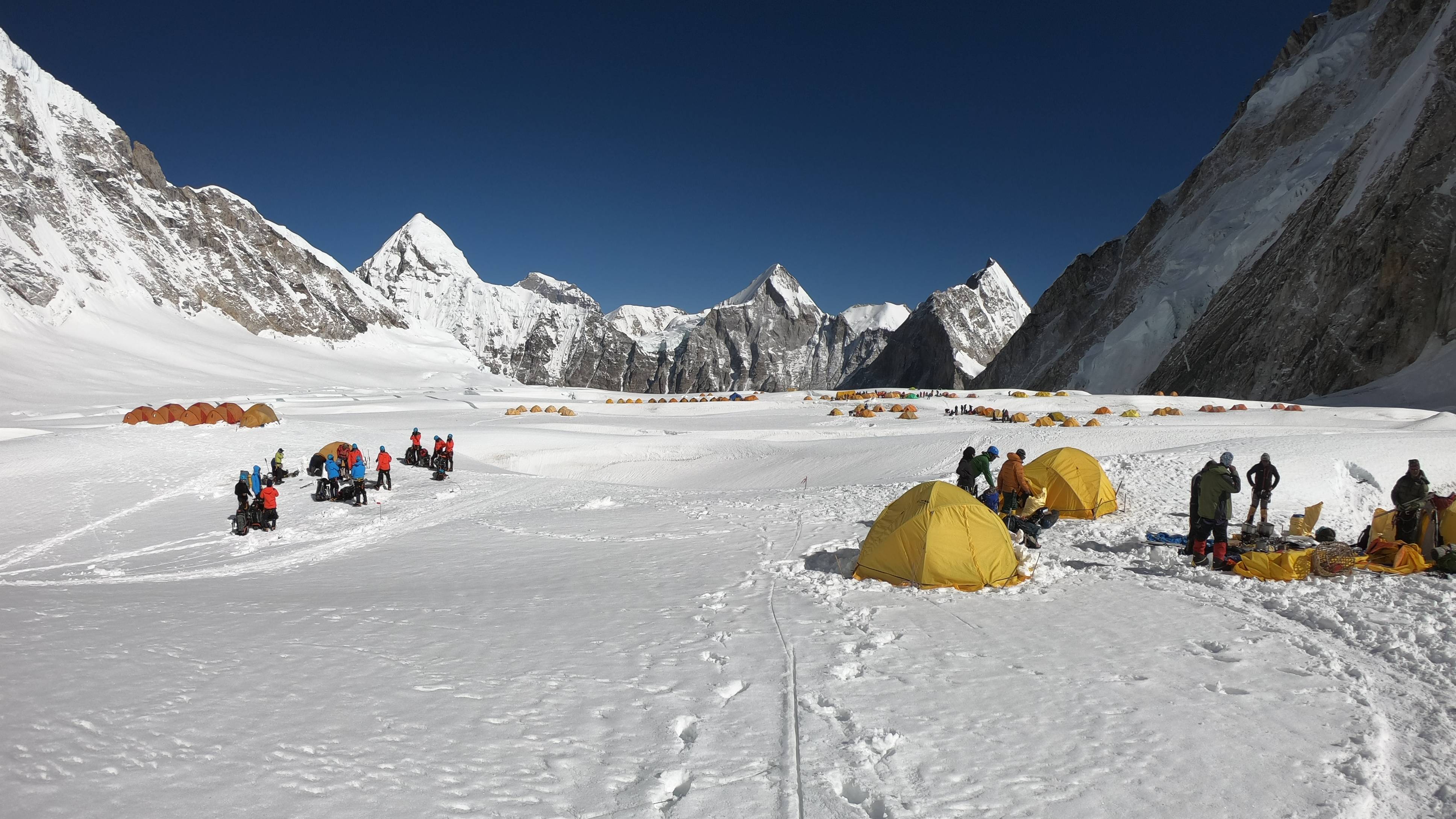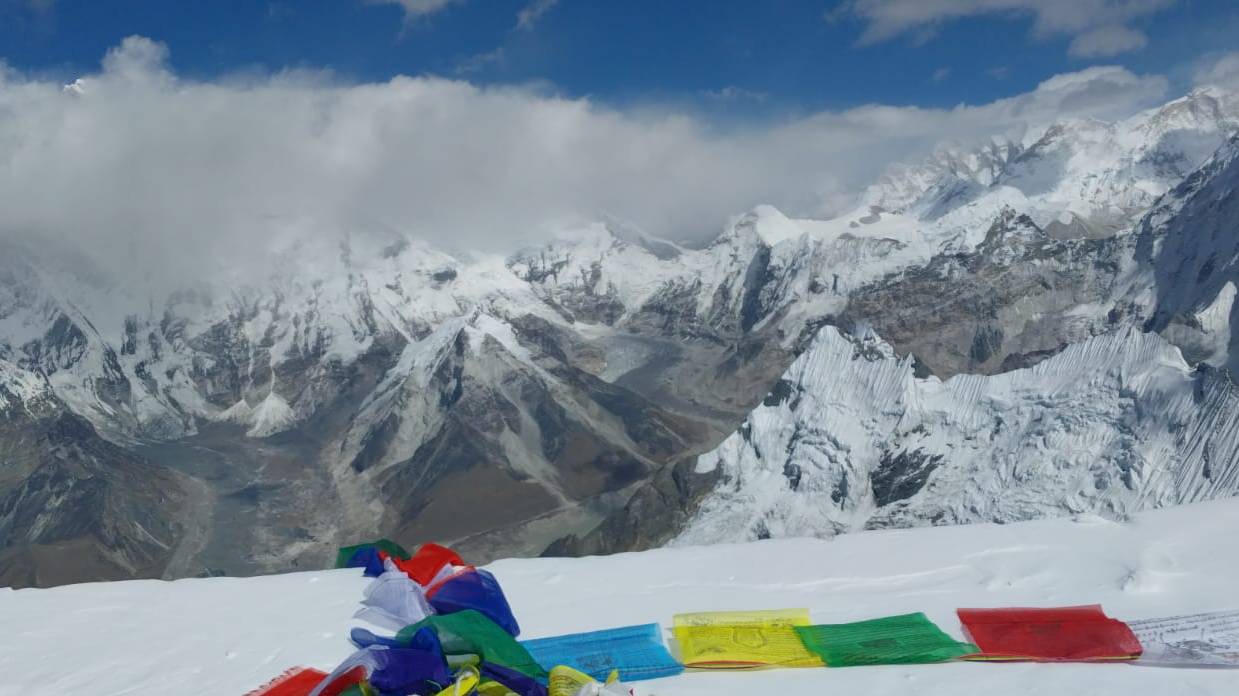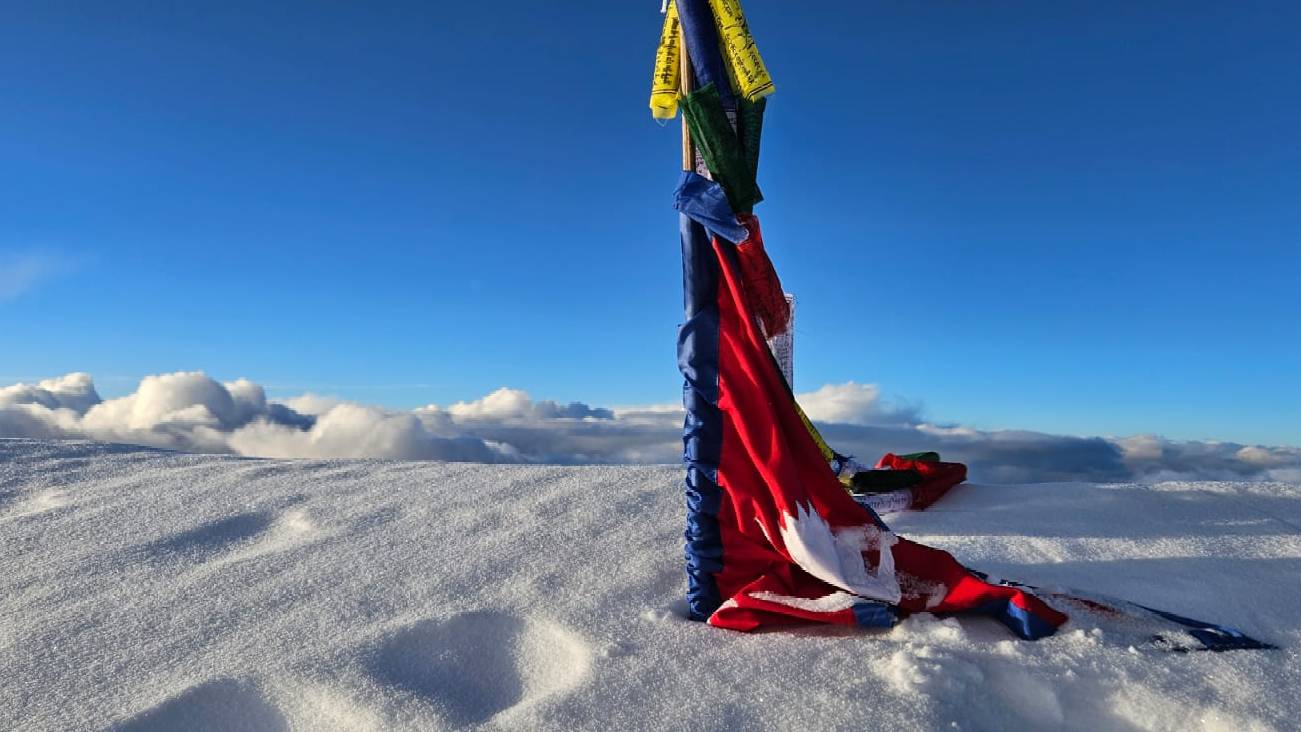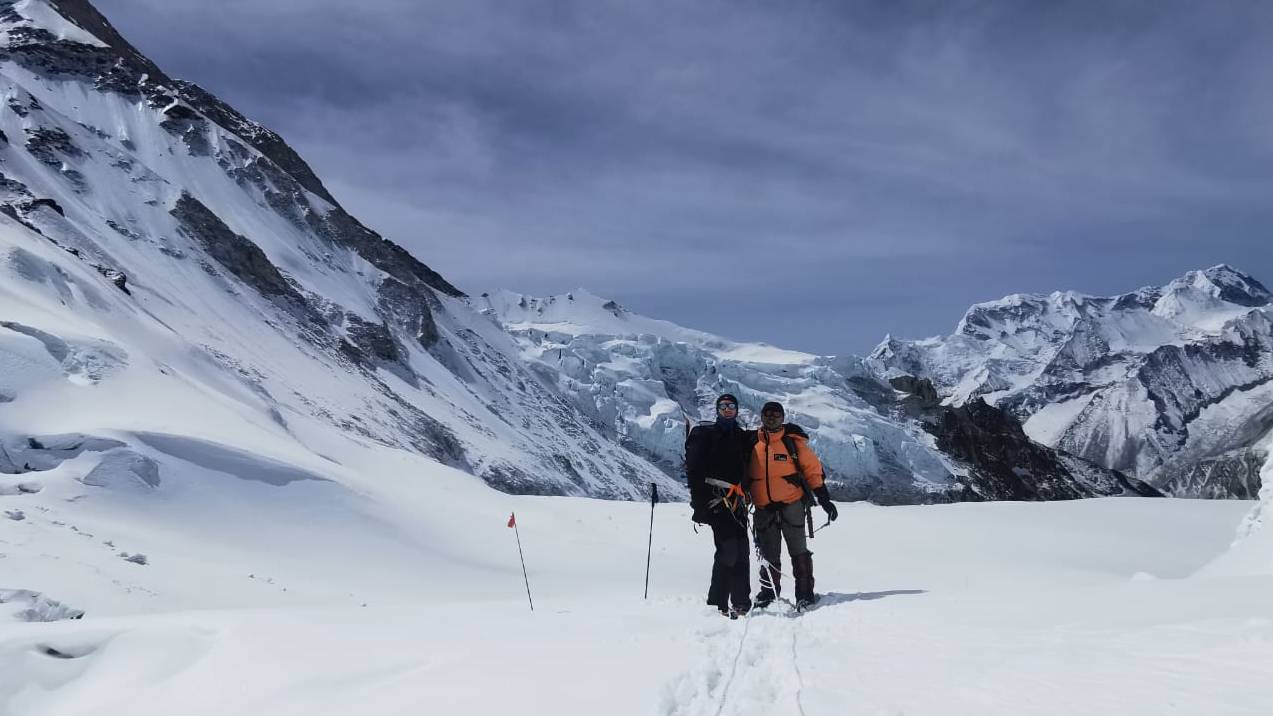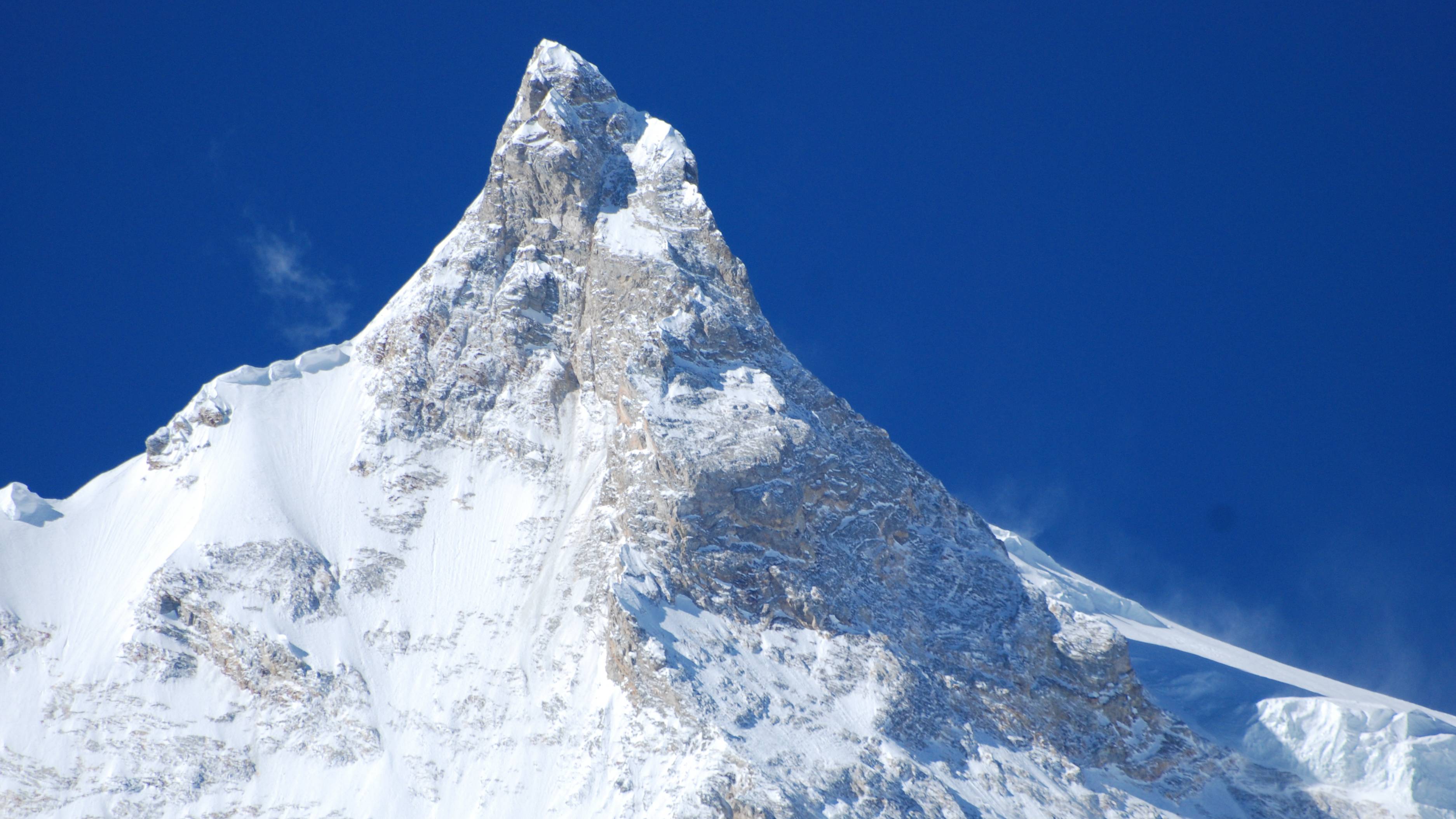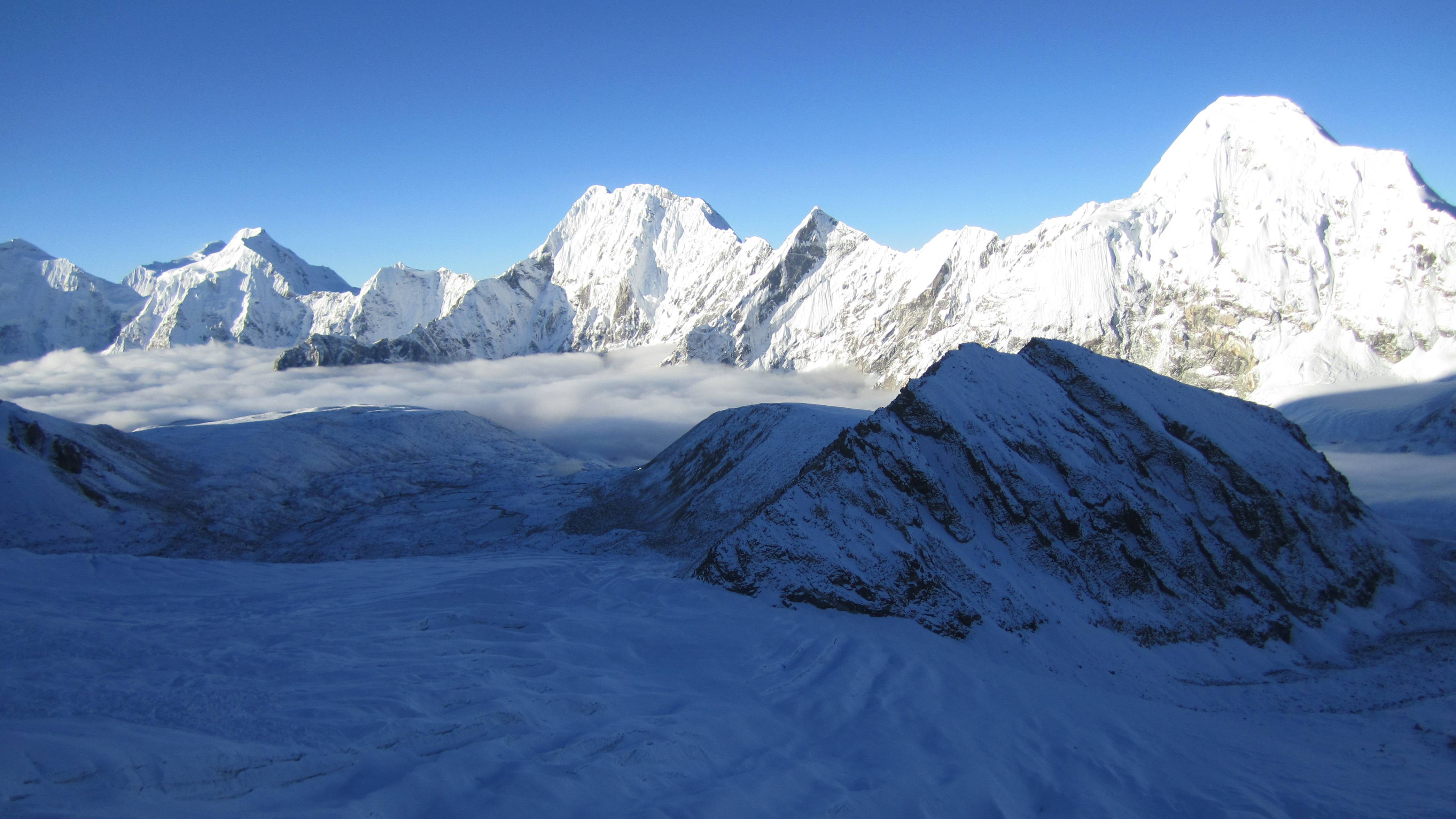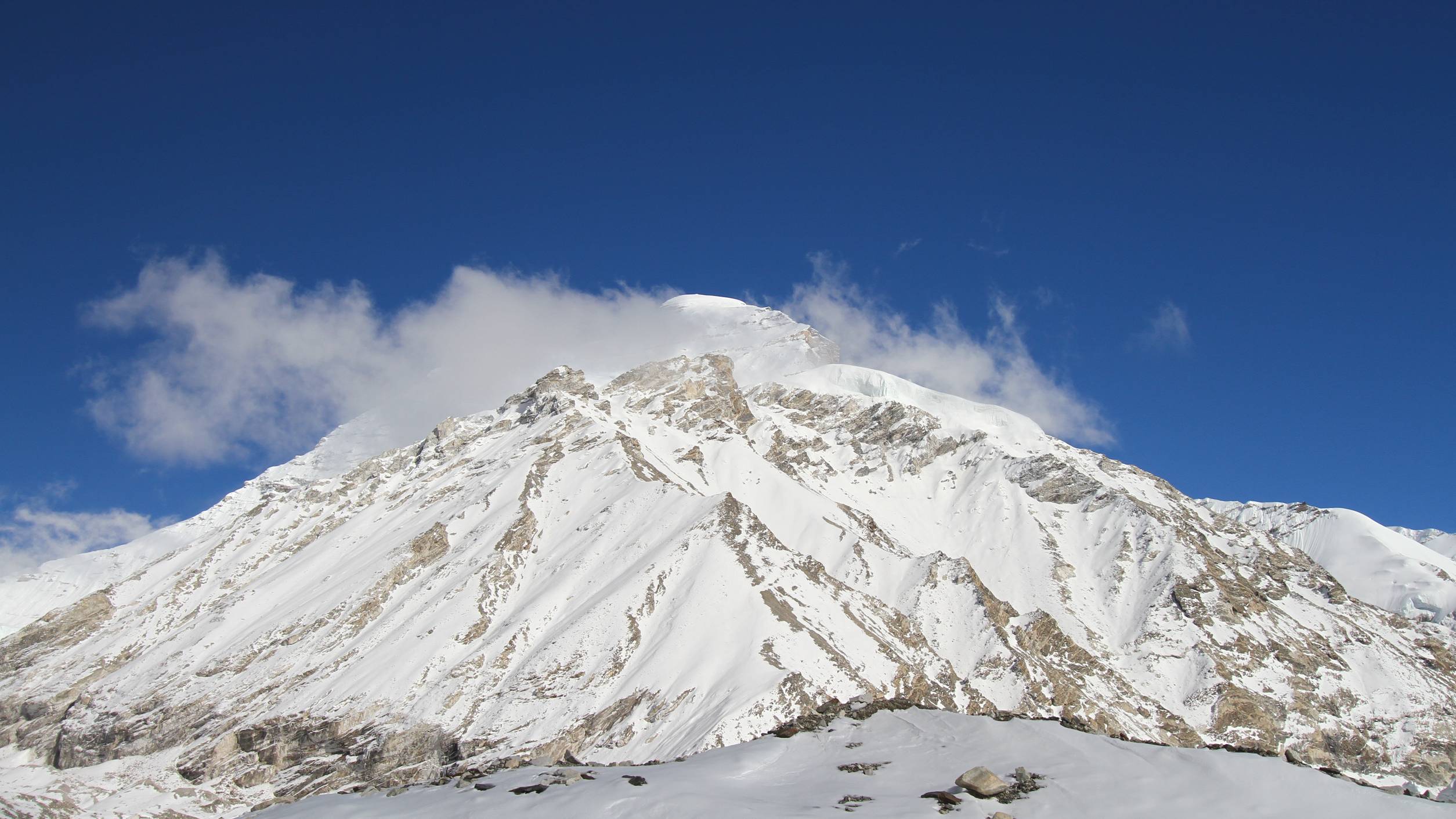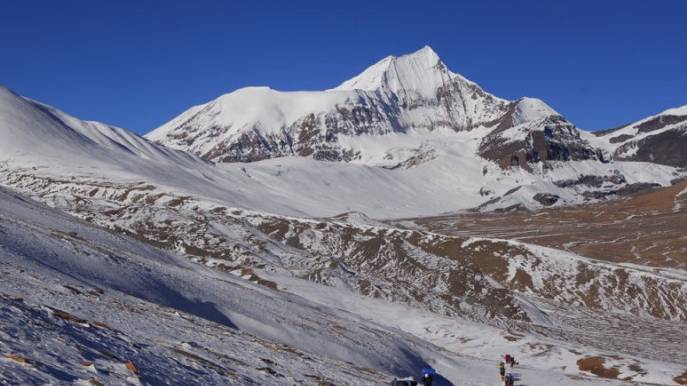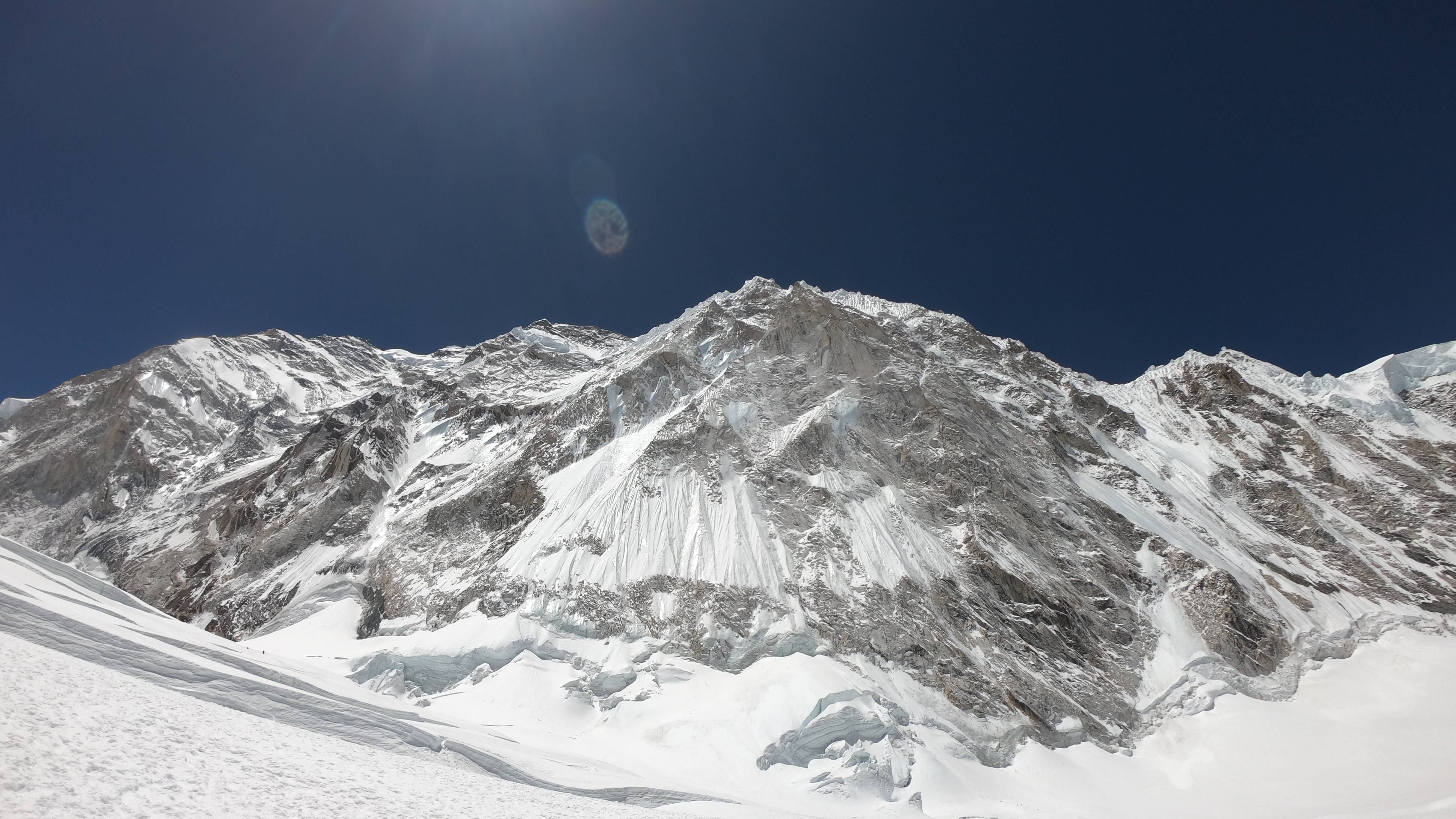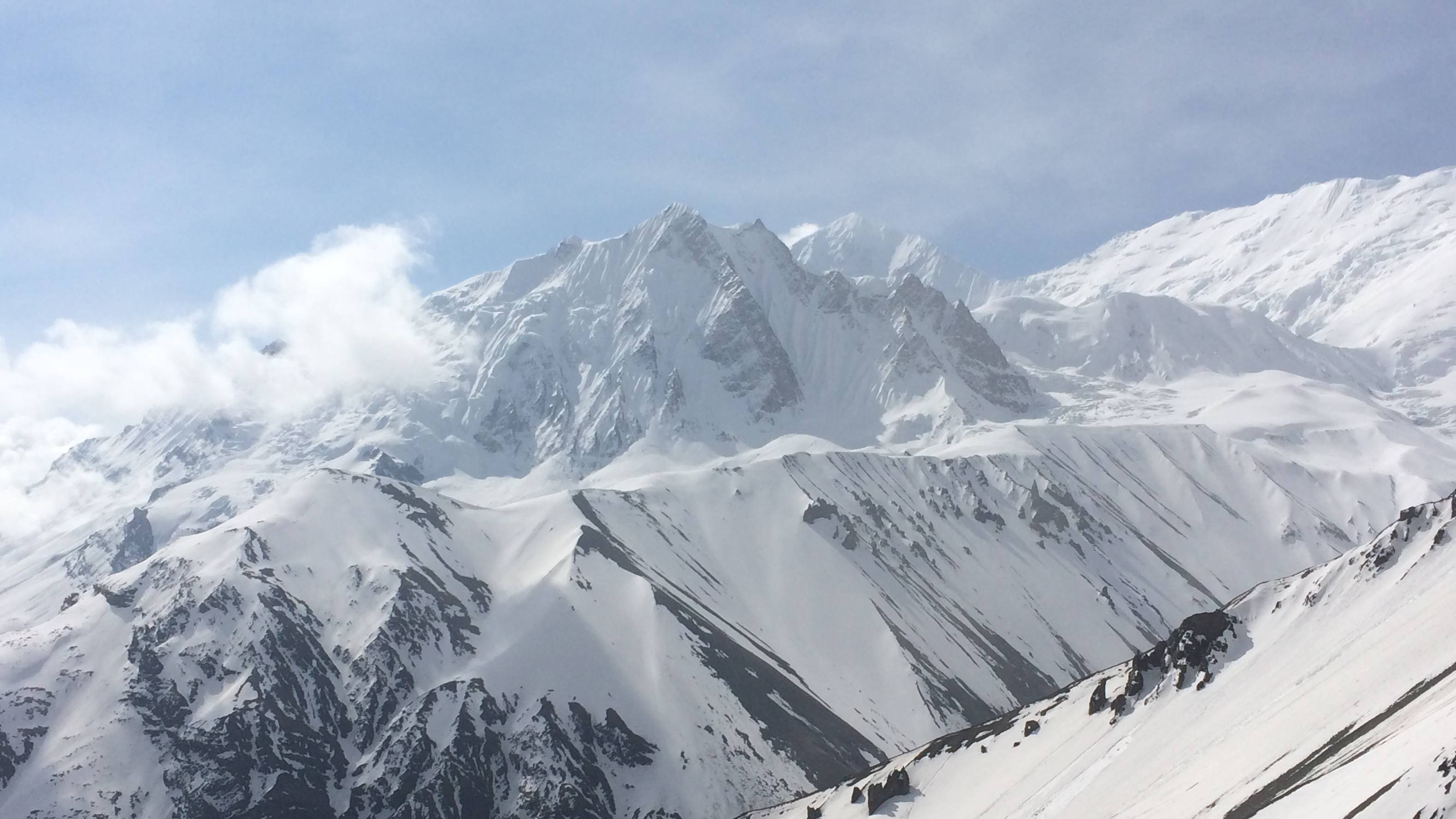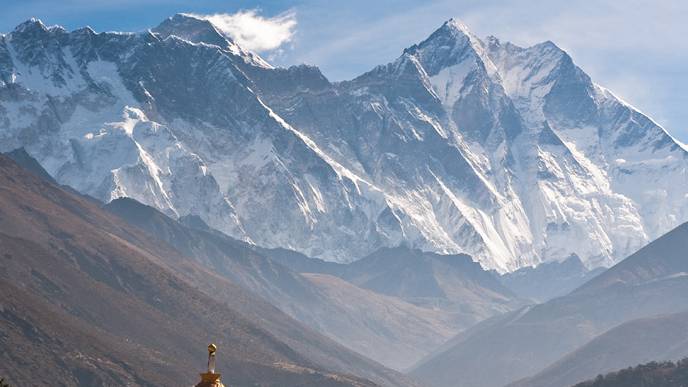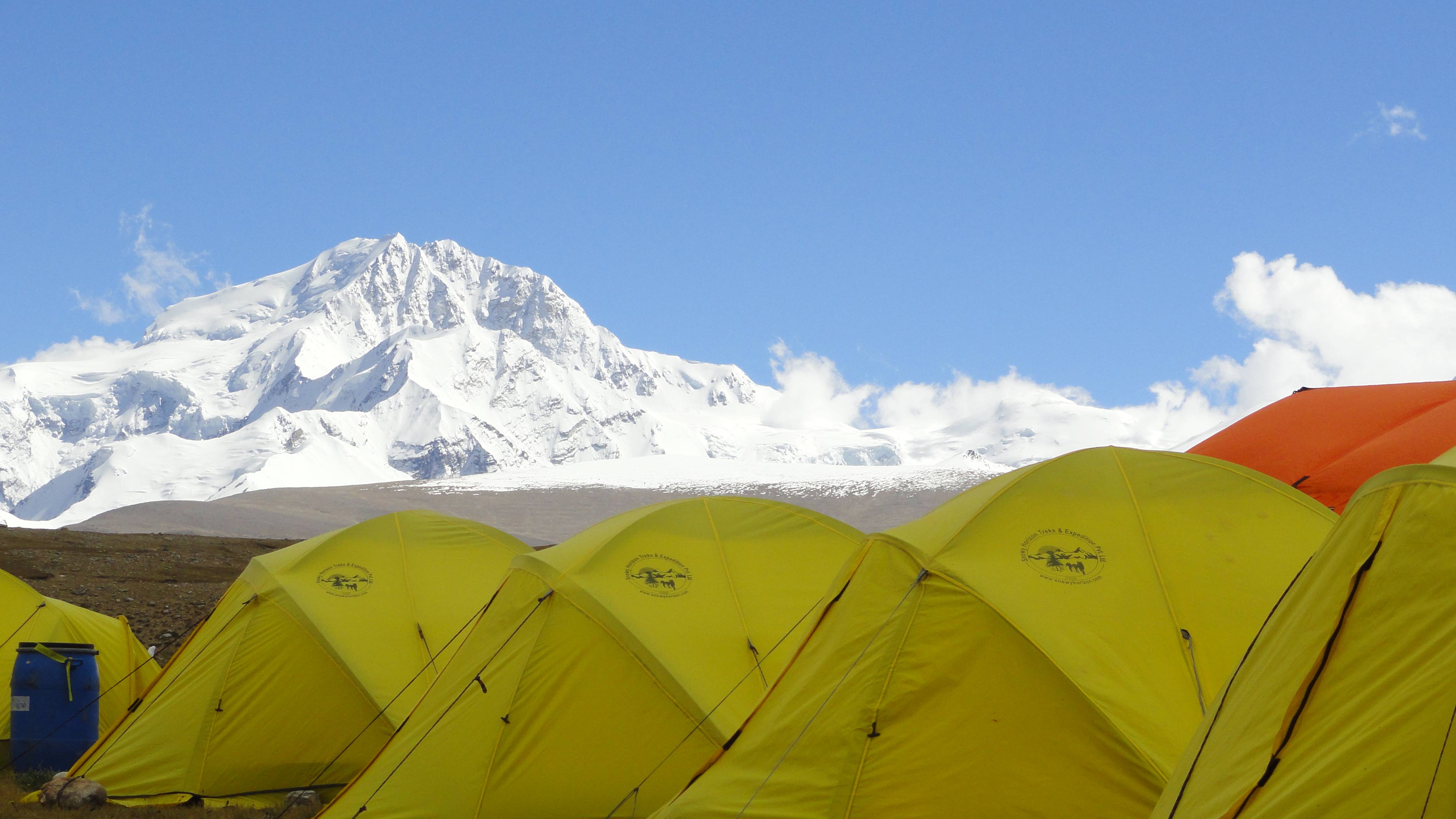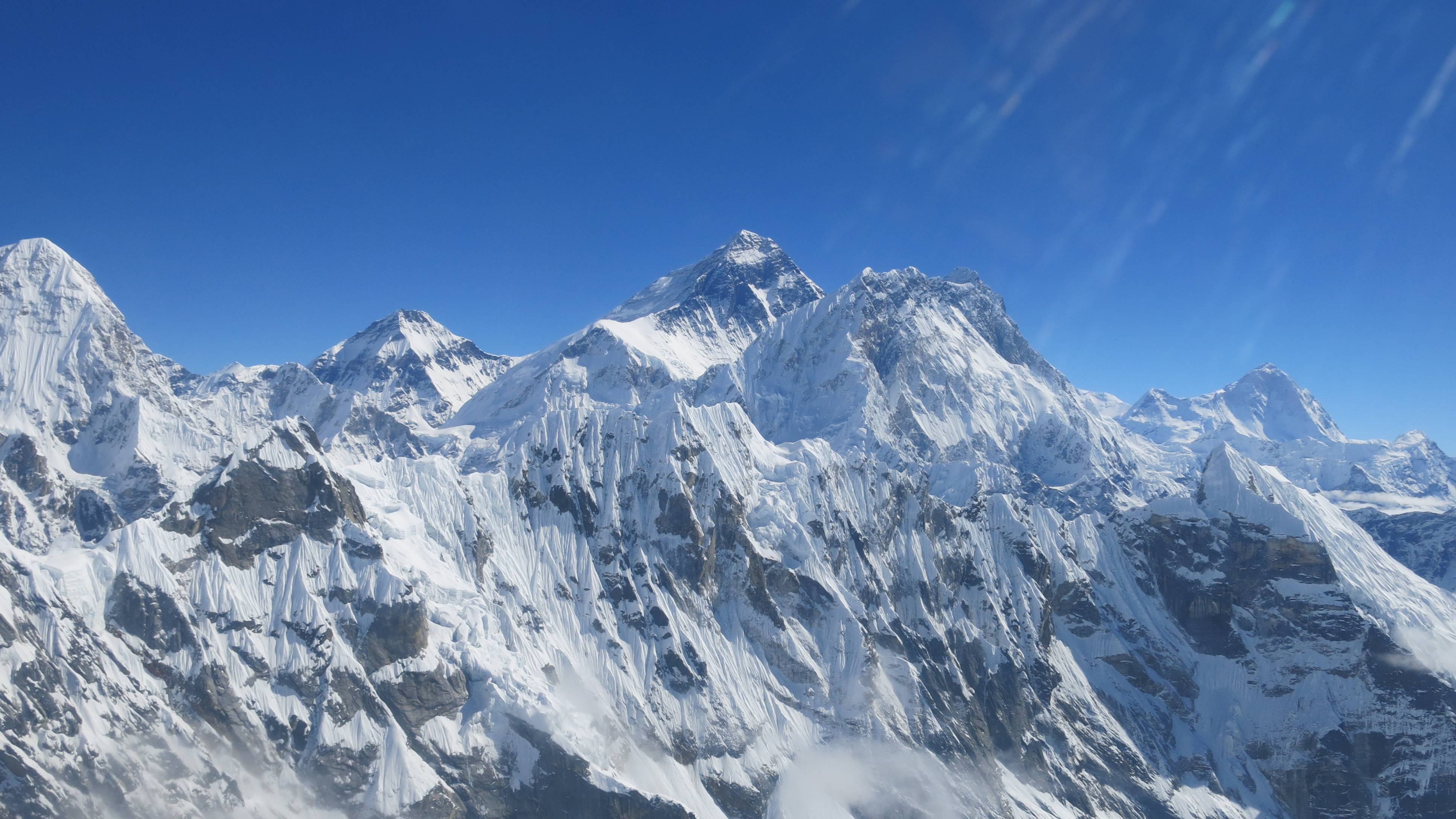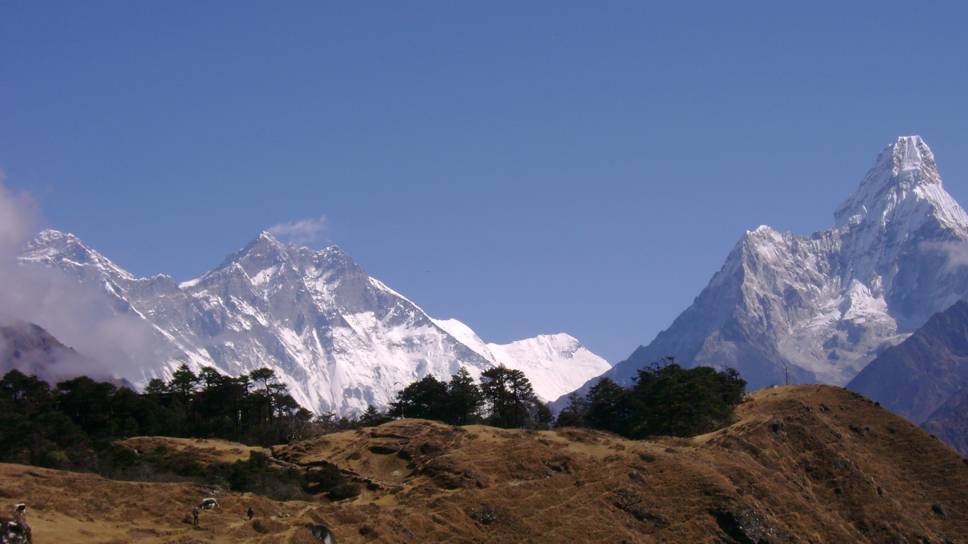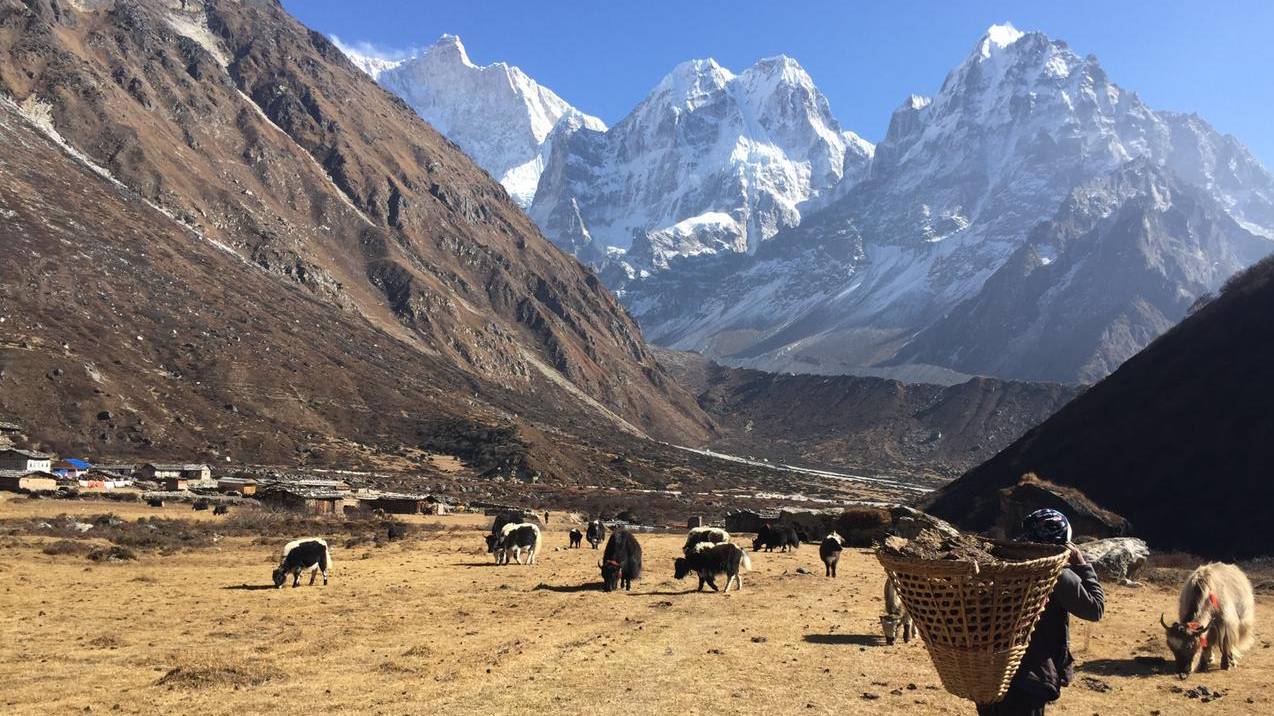Sikles Eco-Trek- Homestay
Overview
“Join us and participate on an excursion of the picturesque, wild, and of the bitten trail for naturally and culturally rich the Sikles Eco-Trek in Annapurna Region completely isolated but closure destination and experience the Joy of Trekking in Nepal.”
The Sikles is an excellent and extremely well-preserved village rested on a small hill at an elevation of 1980m on the Lap of Annapurna Massif. In Sikles Eco Trek however the ultimate destination is Sikles -the great settlement of famous Gurkhas in the Kaski district, one can explore the other neighboring habitats of Brahmans, Tamangs, and Gurung communities en route to the villages like Hemja, Ghachok, Bhurjung Khola, Kharapani, Chyanglung, Ghalekharka, Parche, and Tanting. The Sikles Eco Trek that the Team Snowy Horizon proposing here is with charming villages, fascinating patterns of terraced fields, rhododendron forest, and high alpine meadows nestled below the towering mountains of Annapurna II (7937m) and IV (7525m) on its path of a small circuit along with the Lamjung Himal (6983m).
The villages like Parche, Sikles, and Tanting take you to the remote and far from city area however these days you have an excess of the motor road over there. The wild path between Ghale Kharka (1750m) to Sikles (Parche-1980m) is a fabulous trekking path and it crosses a ridge with the dense forest and a variety of terrain through its highest peak Tara Hill Top (2800m)links the two villages named Khaimrang (1660m) with Sikles.
The Sikles Eco-Trek with team Snowy Horizon starts with a drive from Pokhara to Ghachok via Hemja at about 40 minutes and begins walking. Toward the north, in Sardi Khola bank we have the 1st Night camping schedule on a very good Seti River view on the lap of Mt. Fishtail. This trek passes through a less visited area of Annapurna II & Lamjung Himal massif. The trek also offers an abundance of flora and fauna.
The Major attractions of Sikles Eco Trek are:
- The trek is one of the picturesque treks that unfold the natural beauty and cultural heritage.
- The charming villages, intriguing patterns of terraced fields, and rhododendron forest.
- High alpine meadows nestled below the towering mountains of Annapurna II (7937m) and Lamjung Himal (6983m)
- Previously known as the Royal Trek as Prince Charles had a trek through the area in 1980 to visit the villages of Gurkha recruits.
- The model eco trekking route is shadowed at the corner of the Annapurna Conservation Area Project (ACAP).
- The spectacular short trek through the Gurung (Gurkhas) village and dense forest.
- Alternatives to other short treks in the Annapurna region. A wonderful experience of camping and trekking in Nepal.
Day-to-Day Itinerary: Option 02:
Day 01: Arrival in Kathmandu and transfer to Hotel (1350m).
Arrival at 6:15 PM, welcome reception at Airport (TIA), transfer to hotel for check-in, along with full trip briefing.
Day 02: Drive to Pokhara, transfer to hotel (950m-7 Hrs.); hotel.
Today after early breakfast at 06:00-06:30 Hrs., transfer to tourist bus park at 07:00 Hrs.; drive to Pokhara with an awe-inspiring tourist coach along the Trisuli river bank with about 7 hours journey and transfer to hotel for overnight accommodation on BB plan.
Approx.: 200 Km. in the distance, 7 Hrs.-drive, overnight Hotel (950m).
Day 03: Drive Ghachok, trek-Chyanglung-Khaimrang-Ghale Kharka (1650m-7 Hrs.); homestay.
Today after breakfast at 08:00-08:30 Hrs., load up our vehicles and drive to the point of city attraction like David Fall and Gupteshwar Mahadev Cave in Pokhara and then continues to drive to Ghachok via Hemja (1110m) for about an hour which will be the actual starting point of our walk at (1200m). After 2 hours and a half we arrive at the Tatopani Retreat (1350m) just across the famous Seti River for lunch then we begin the first big trek. We first ascent on a traditional foot track with stairs up to about 350m elevations in the forest track and gradually descend via the Chyanglung Village toward the Sardi Valley across our 3rd suspension bridge and make a gradual climb across a wide stream to our camp via Khaimrang village overlooking the whole Annapurna Range having a good introduction on a woodland path; Approx.: 28 Km. distance, 6 – 7 Hrs. trek, Overnight homestay at Ghale Kharka (1650m).
Day 04: Trek Ghale Kharka (1750m) via Tara Hill Top (2800m) to Parche (2050m-9 Hrs.); lodge.
Today’s trekking will take us higher as we head through the alpine meadows heading for the wooded knoll of Tara Hill Top (Starlight Top). We are rewarded with a 360 view of the Annapurna Massif including the fishtail peak say Machhapuchhre. Beautiful terraces surrounding Pokhara and Tanting will be amazingly viewed if the weather permits. This will be the highest elevation we will cover on this trek. The packed lunch will be served here and the second part of the longest and wild trek starts and head off along a 2500m contour trail of wild orchids taking us to the village of Parche (2050m) just half an hour before from Sikles village which famous for being the home of the Gurkhas; Approx.: 16 Km. distance, 9- 10 hours trek; lodge at Parche (2050m).
Day 05: Trek Parche (2050m) via Sikles (2000m) to Tanting (1650m-4 Hrs.); homestay.
We depart from Parche after a hot breakfast and stroll to the Famous Sikles village where we arrive in half an hour, visit the indigenous Gurung community’s museum along with the regional office of Annapurna Conservation Area Project (ACAP), then continue to our ultimate destination today’s village the Tanting; through the lower pastures and descents, we will make our way to camp. It will be a steep track, losing almost 650m in altitude, taking its toll on the legs. Over suspension bridges and grassy paths we will arrive in Tanting after ascending another 350m elevation in a wilderness silent motor path for about an hour or two; Approx.: 8 Km. distance, 4- 5 hours trek; homestay at Tangting (1650m).
Day 06: Trek Tanting to Madi Super Hydro Power Station (1 Hr.) drive to Pokhara; hotel.
Our last day of trekking will take us out of the village down a steep descent after the homestay breakfast, losing 300m in a short amount of time about an hour. We will wind through fields and small streams, there is a new Station of Madi Super Hydropower from where we will be picked up for 2 hours continues 4W/D to Pokhara and transfer to a hotel in Pokhara for your overnight accommodation; Approx.: 30 Km. distance, 1 Hr. trekking, 2 Hrs., driving.
Day 07: Drive to Kathmandu (7 Hrs.), transfer to hotel; farewell dinner.
After having breakfast in the morning we transfer you to the Tourist Bus Park in Lakeside and transfer for the smooth drive to Kathmandu, and then drop you at the hotel in Thamel, Kathmandu. The warm farewell dinner will be provided at the Typical Nepalese cultural restaurant “The Bhojan Griha” with transfer service; Approx.: 200 Km. distance, 7 Hrs. driving. (Farewell Dinner)
Day 08: Final departure to your port of destination.
Today is a free day; we arrange a city tour of some major attractions like Swayambhunath temple, Patan Durbar Square, Pashupatinath temple, and the Bouddhanath Stupa in the capital to spend exploring the city before catching the flight back to the final port of destination, farewell assistance as provided at the departure time.
Day-to-Day Itinerary: Option 02:
Day 01: Arrival in Kathmandu and transfer to Hotel (1350m).
Arrival at 6:15 PM, welcome reception at Airport (TIA), transfer to hotel for check-in, along with full trip briefing.
Day 02: Drive to Pokhara, transfer to hotel (950m-7 Hrs.); hotel.
Today after early breakfast at 06:00-06:30 Hrs., transfer to tourist bus park at 07:00 Hrs.; drive to Pokhara with an awe-inspiring tourist coach along the Trisuli river bank with about 7 hours journey and transfer to hotel for overnight accommodation on BB plan.
Approx.: 200 Km. in the distance, 7 Hrs.-drive, overnight Hotel (950m).
Day 03: Drive Ghachok, trek-Chyanglung-Khaimrang-Ghale Kharka (1650m-7 Hrs.); homestay.
Today after breakfast at 08:00-08:30 Hrs., load up our vehicles and drive to the point of city attraction like David Fall and Gupteshwar Mahadev Cave in Pokhara and then continues to drive to Ghachok via Hemja (1110m) about an hour which will be the actual starting point of our walk at (1200m). After 2 hours and a half we arrive at the Tatopani Retreat (1350m) just across the famous Seti River for lunch then we begin the first big trek. We first ascent on a traditional foot track with stairs up to about 350m elevations in the forest track and gradually descend via the Chyanglung Village toward the Sardi Valley across our 3rd suspension bridge and make a gradual climb across a wide stream to our camp via Khaimrang village overlooking the whole Annapurna Range having a good introduction on a woodland path; Approx.: 28 Km. distance, 6 – 7 Hrs. trek, Overnight homestay at Ghale Kharka (1650m).
Day 04: Trek Ghale Kharka (1750m) via Tara Hill Top (2800m) to Parche (2050m-9 Hrs.); lodge.
Today’s trekking will take us higher as we head through the alpine meadows heading for the wooded knoll of Tara Hill Top (Starlight Top). We are rewarded with a 360 view of the Annapurna Massif including the fishtail peak say Machhapuchhre. Beautiful terraces surrounding Pokhara and Tanting will be amazingly viewed if the weather permits. This will be the highest elevation we will cover on this trek. The packed lunch will be served here and the second part of the longest and wild trek starts and head off along a 2500m contour trail of wild orchids taking us to the village of Parche (2050m) just half an hour before from Sikles village which famous for being the home of the Gurkhas; Approx.: 16 Km. distance, 9- 10 hours trek; lodge at Parche (2050m).
Day 05: Trek Parche (2050m) via Sikles (2000m) to Tanting (1650m-4 Hrs.); homestay.
We depart from Parche after a hot breakfast and stroll to the Famous Sikles village where we arrive in half an hour, visit the indigenous Gurung community’s museum along with the regional office of Annapurna Conservation Area Project (ACAP), then continue to our ultimate destination today’s village the Tanting; through the lower pastures and descents, we will make our way to camp. It will be a steep track, losing almost 650m in altitude, taking its toll on the legs. Over suspension bridges and grassy paths we will arrive in Tanting after ascending another 350m elevation in a wilderness silent motor path for about an hour or two; Approx.: 8 Km. distance, 4- 5 hours trek; homestay at Tangting (1650m).
Day 06: Trek Tanting to Madi Super Hydro Power Station (1 Hr.) drive to Pokhara; hotel.
Our last day of trekking will take us out of the village down a steep descent after the homestay breakfast, losing 300m in a short amount of time about an hour. We will wind through fields and small streams, there is a new Station of Madi Super Hydropower from where we will be picked up for 2 hours continues 4W/D to Pokhara and transfer to a hotel in Pokhara for your overnight accommodation; Approx.: 30 Km. distance, 1 Hr. trekking, 2 Hrs., driving.
Day 07: Drive to Kathmandu (7 Hrs.), transfer to hotel; farewell dinner.
After having breakfast in the morning we transfer you to the Tourist Bus Park in Lakeside and transfer for the smooth drive to Kathmandu, and then drop you at the hotel in Thamel, Kathmandu. The warm farewell dinner will be provided at the Typical Nepalese cultural restaurant “The Bhojan Griha” with transfer service; Approx.: 200 Km. distance, 7 Hrs. driving. (Farewell Dinner)
Day 08: Final departure to your port of destination.
Today is a free day; we arrange a city tour of some major attractions like Swayambhunath temple, Patan Durbar Square, Pashupatinath temple, and the Bouddhanath Stupa in the capital to spend exploring the city before catching the flight back to the final port of destination, farewell assistance as provided at the departure time.
Full Board Service Cost : Please contact us by email or call us
Cost Include
- Airport-hotel-airport pick-up and drop by private vehicle in Kathmandu with a welcome reception.
- 2 Nights Hotel in Kathmandu on BB Plan twin sharing.
- 2 Nights Hotel in Pokhara on BB Plan twin sharing.
- Tourist bus drives Kathmandu-Pokhara-Kathmandu to all members.
- All other surface transportation as per itinerary by private vehicle.
- Full board meal (BLD) during homestay trek freshly cooked by our homestay operator.
- Local homestay accommodation like teahouses.
- Trained experienced and assisted trekking guides for trekking.
- 2:1 porters for members to carry the members’ logistics.
- Food, insurance, salary, equipment, transportation, and local tax for guide, and staff.
- Annapurna conservation entry permits (ACAP fees).
- TIMS (Trekkers' Information Management System).
- Medical supplies like first aid kits provided at camp.
- All necessary paper works and formalities.
- Government taxes and service charges.
- Farewell dinners at arrival & before departure respectively.
- Snowy Horizon T-Shirt/Souvenir.
Cost Exclude
- Items of personal nature and laundry expenses.
- Expenses of uses of any electronic devices like phone, Internet, etc.
- Clothing, packing items or bags, personal medical kit, camera/video fees, or trekking gears.
- Any extra expenses arising out of various/unforeseen situations like natural calamities, landslides, political disturbances, strikes, changes in Government regulations, etc.
- Any additional staff, other than specified.
- Alcoholic, hot and cold drinks other than campsite services.
- Rescue, repatriation, medicines, medical tests, and hospitalization expenses.
- Medical and Travel Insurance with helicopter search and rescue.
- Personal trekking gears, bags, sticks, water bottles, etc. for the trekking members.
- Nepal custom duty for import of expedition goods.
- Tips to staff, purchase of gifts, and souvenirs.
- Any other item not mentioned in the “THE PACKAGE INCLUDES” section.
Notes
- The itinerary is changeable and modifiable as per the needs and time frame of trekkers.
- The cost will be re-calculated if the itinerary is changed or modified.
- Additional activities may be added as per the trekker's request with appropriate additional cost.
- The cost may also be affected due to the requirement for the number of guides and porters.
- For any kind of change please contact us by mail or call.
- Grade: Moderate Climb
- Elevation: 2800
- Location: Annapurna Region
- Season: Spring (February-May) and Autumn (September-December)
- Duration: 7 Nights / 8 Days
- Group Size: 02-15 person per Group

